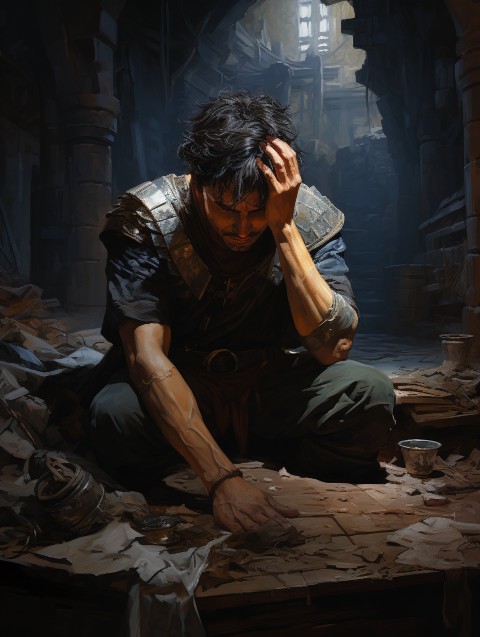Handling failure is something people seem to struggle with in 5th edition Dungeons & Dragons. When to fail, what happens when you do, and how to keep the game moving are constant topics of discussions. In my view, Progressive Failure and Rising Tension is a very useful technique, but it’s just one of many in the DMs toolbox. As a discussion topic, people often seem to misunderstand the role of failure in RPGs. Worse, a small sub-population has begun to take terms like ‘failing-forward’ to mean failure shouldn’t be possible. So taking a moment to consider the options and tools available can make even failure a fun experience in TTRPGs.

Failing to Fail
The first order problem many DMs have with failure is introducing it at the wrong time. Mystery scenarios are a great example of this, where players must uncover a clue to move the game forward. Likewise, an NPC might need to be influenced to allow the plot to progress. While DMs might think this is a moment of tension that needs a skill roll, these are exactly the kinds of situations you do NOT want to roll for. Anything that can bring a game to a stop shouldn’t be subject to failure.
Players should always have the minimal information and access they need to advance the story. Never gate the critical path for an adventure behind a roll. So yes, this means if the players show up or make any effort at all, they get the information they need to get to advance things one step. However, it’s important to realize that this is the absolute minimum information or access they need. Artful use of skills by the players should let them advanced in a strong position. Indeed the DM and player should work together to discover options for these additional actions. But there should always be a path forward in an adventure, even if it’s a hard one.
Why Fail?
Risk is at the heart of adventure and acknowledging failure with appropriate consequences in an important dynamic in TTRPGs. Additionally, how a character fails can itself be an important element for driving adventures forward. With this in mind, DMs have several tools available to handle failure and keep the game flowing. Among these:
- Matt Colville’s Running the Game series. In particular Many Fail States discusses different ways to handle failure. Also, some reflection on Catastrophic Failure in games acknowledges that sometimes you just have to accept failure.
- My aforementioned Progressive Failure and Rising Tension creates an interactive and dynamic system to allow players to manage failure through rising stakes and increasing tension.
- Success at a Cost is a concept I first encountered in the FATE system and is reiterated in Chapter 8 of the DMG. It essentially allows DMs to turn failures into a success but add some complication or require a follow on check or action.
- Degrees of Failure in Chapter 8 of the DMG scales failure based on the margin of failure. This emphasises spectacular failure as a dramatic vehicle.
- Also, there is a concept called “Failing Forward” that’s been kicking around longer than I can remember. There are several different but the core allows players to try to continue by trying something different. Failing Forward is an opportunity to succeed by other means.
Conclusion
Failure is as valuable an outcome as success in TTRPGs. So having options in mind for how to manage failure in interesting ways is valuable for DMs. A mistaken idea seems to be leaking into some sub-cultures in 5e, who take the position that failure shouldn’t be an option. This is a grave mistake, what they should be saying is that failure shouldn’t be an end. The game is at it’s best when the players can transform the world through their actions. Transformation can happen through success or failure. Regardless of success or failure, the best outcome is something fun or interesting.
Now get out there and run some great games.